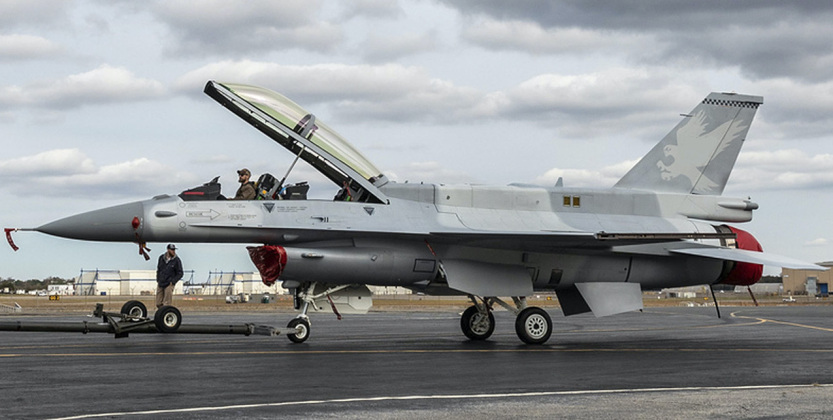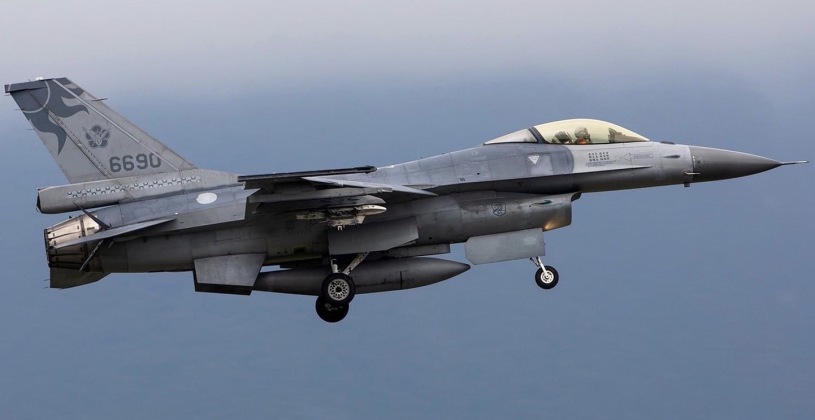News
Taiwan’s $124 Million F-16s to Arrive a Year Late: U.S. Faces No Penalties
Taiwanese Defence Minister Chiu Kuo-cheng announced on May 4 that the 66 F-16 Block 70/72 fighter aircraft ordered from the United States would be delivered a year late, with deliveries to begin in the second half of 2024. The minister elaborated that Taipei had requested the U.S. work to “make up the deficiency,” and was “minimising the damage.” Although claiming that the the full order was still expected to be delivered before the end of 2026, this remained highly questionable considering the very limited productive capacity for F-16s in the United States, where only a single small line in Greenville, South Carolina, is currently in operation. The F-16 has been in service in the U.S. Air Force for 45 years, and has been criticised as increasingly obsolete by officials in both the U.S. and in countries that previously imported the aircraft. The U.S. Air Force itself has not ordered F-16s since 2005, and with the fighter’s successor the F-35 currently in production only low income countries such as Jordan and Slovakia have ordered the older Cold War era jets – with Taiwan placing orders only after repeatedly being denied access to the F-35.

An $8.2 billion order for 66 F-16s was placed in late 2019, which at $124 million per airframe makes their cost comparable to that at which F-35s have been exported to some countries. Although much more limited in its combat potential, the F-16 had the advnatage over the F-16 of much lower maintenance requirements, a much smaller logistic footprint, and far higher combat readiness with the F-35 even in the U.S. Air Force itself seeing mission capable rates of only around 30 percent – while F-16s are at close to 70 percent. Both fighters have faced delays to production, with those of the F-35 being far more serious than those of the F-16. Taiwan’s F-16 acquisition has been key to financing production of the new Block 70/72 model, the first airframe which was unveiled in November 2022 built for Bahrain, as Taipei is financing approximately half of all production due to a lack of domestic American orders and the small defence budgets of all other clients.

The new F-16s are expected to replace the ageing French Mirage 2000 jets currently in service, with these having faced quality control issues and seeing 12 percent lost to accidents. This will bring the number of F-16 units in service up to three alongside two currently operational units of much older F-16A/B aircraft – the most basic version of the fighter which first became operational in the 1970s. Although using an old airframe which lacks stealth capabilities, the F-16 Block 70/72 does introduce some promising features including a the APG-83 active electronically scanned array (AESA) radar, new cockpit displays, and compatibility with a range of new weapons such as the AIM-120D air to air missile. Although sophisticated, the small size of the radar which an F-16 can accomodate as a lightweight fighter limits the situational awareness the APG-83 – particularly compared to the AESA radars of top end mainland Chinese fighters such as the J-16 and J-20.












